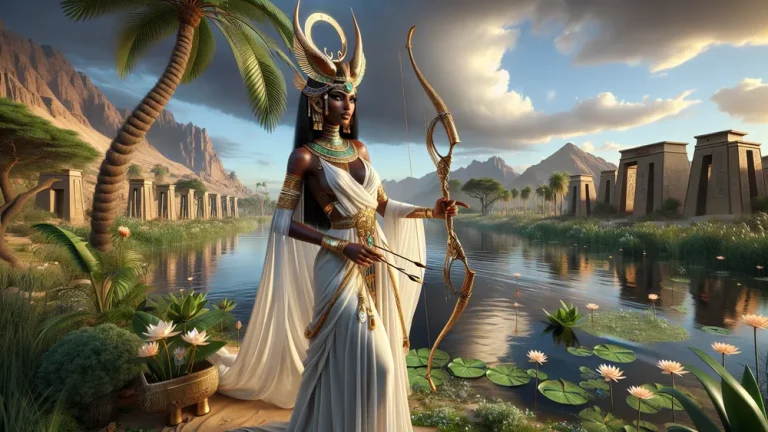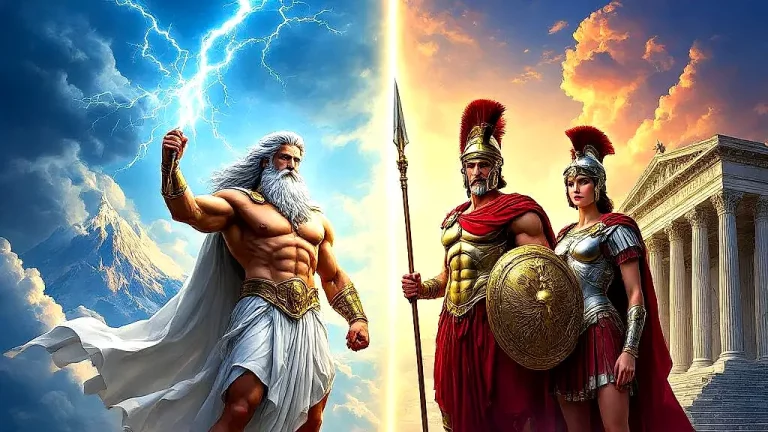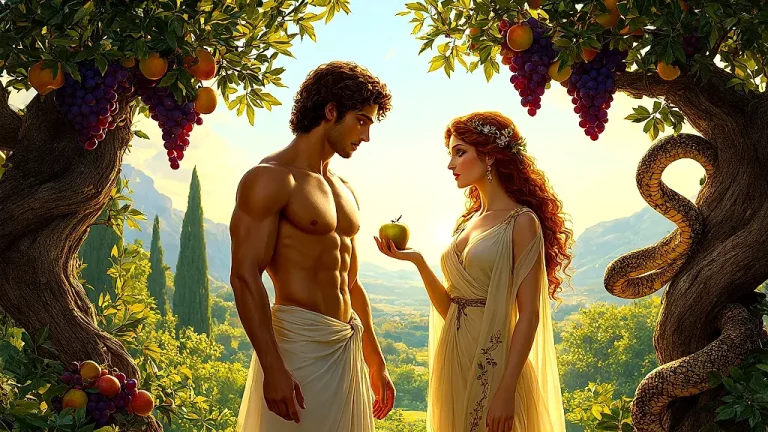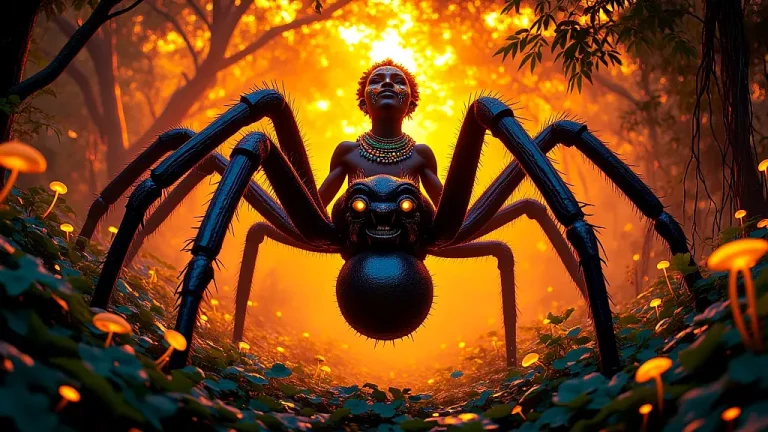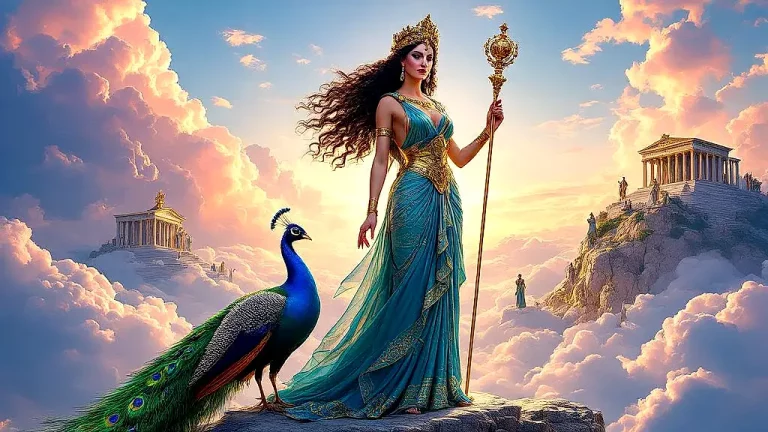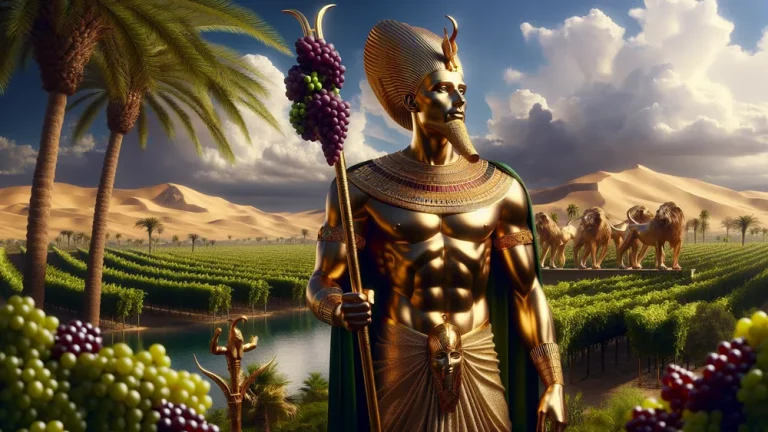Hysminai: Greek Personified Spirits Of Fighting And Combat
When you look into the world of Greek mythology, folks will often meet many spirits that show different sides of human experiences and nature. Among these, the Hysminai are mysterious figures. They are all about the idea of fighting, physically and mentally.
Key Points:
- Hysminai stand for fighting chaos, both inside the mind and on battlefields.
- They are usually linked to Eris and sometimes to Ares, showing different types of chaos.
- They appear in epic works by Homer and Hesiod, showing their role without direct mentions.
- Greeks viewed them as affecting battles mentally and physically.
- Hysminai signify inner fights for heroes like Heracles and Achilles.
- Rituals, like libations and sacrifices, were sometimes for calming Hysminai spirits.
- Similar war spirits exist in other cultures, such as Valkyries in Norse myths and Sekhmet in Egyptian lore.
Greek mythology is full of gods, half-gods, and symbols which mean old Greek beliefs and ideals; it also provides a look at how early societies understood complicated human feelings and fights. Although the Hysminai do not appear as much as gods like Ares or Athena, they have a big role in myths and people’s thoughts.
They’re like love shown by Eros or revenge by the Erinyes. The Hysminai mean the struggles in fights, both in war and inside people. In this story, you will find how these spirits change stories, alter old rituals, and make a lasting mark on Greek culture. It gives us a way to see how the old world thought about fights and war.
Hysminai: Overview and Key Facts
| Key Aspect | Details |
|---|---|
| Definition | The Hysminai are about fighting in Greek mythology. |
| Mythological Role | They mean the wild chaos of battle, outside and inside too. |
| Parentage | Usually, their mom is Eris, the goddess of fights, or maybe they relate to Ares, the god of war, but this differs. |
| Symbolism | They mean fighting and battles, important in army and personal stories in myths. |
| Cultural Significance | They mean how the Greeks see war’s chaos, also how people know conflict. |
| Related Deities | Linked with other battle figures like Ares, Athena, and Enyo, meaning they are part of war stories. |
| Representation | Hardly shown in old art, more in books as ideas for battle. |
| Appearances in Texts | They come up in works by Homer and Hesiod, adding to war and fight themes. |
| Legacy | They mean the never-ending fight with war, changing later stories and ideas about battles. |
What Are Hysminai: Combat Spirits with a Story
To really get what Hysminai do in Greek mythology, you need to look into where they came from, how they act, and the interesting stories they are in.
Family Tree and Where They Come From
In Greek mythology, where you find Hysminai, these beings have a special place, often shown as the children of Eris, the goddess of fights and arguments. This connection means they belong in a family line that means chaos, which makes sense since they deal with battles.
Eris might be known as the kid of Nyx, the old goddess of night, making Hysminai part of a bigger family tied to dark things and feelings. Some stories also connect them with Ares, the god of war, which shows their link to the more aggressive parts of myths.
But who their parents are can change in different stories, which means these ancient tales are sometimes confusing or unclear.
To make these connections clearer, check this list of simple family ties:
- Eris: Many times thought of as their mother; she’s the goddess of fights, whose kids often mean different types of chaos.
- Nyx: Sometimes seen as their grandma through Eris; she is the night.
- Ares: Also linked as a dad or big figure; the war god, meaning their fight nature.
- Thanatos and Hypnos: Maybe brothers or related members, also Nyx‘s kids; they mean death and sleep, reflecting their chaotic family lines.
By understanding these family ties, you can see better how they fit in Greek stories and what they mean in different tales.

In Greek myths, Hysminai are linked to battles and chaos, often seen as children of Eris, who brings fights and arguments, and they’re tied to a larger dark and chaotic family line involving Ares, Nyx, and other night-related figures, though their exact family ties shift in various stories.
What Makes Hysminai Tick
The Hysminai, as symbols of battle, mean the chaotic parts of both the fights you see and those inside your mind in Greek mythology. These spirits do not just stand for the chaos that battlefields cause, they also mean the inside fights warriors – and indeed everyone – have during tough times. Like in stories of big fights, Hysminai mean the unseen inside battles people deal with in their minds.
Being in myths means not just how old Greeks saw wars themselves but also the mental pain and moral choices they create. These spirits’ traits are like the modern idea of an athlete’s mind game in sports, where the contest is as much with yourself as with any rival.
Because they come from divine fights, their being shows the constant push and pull of what people feel and decide, making them important in understanding old Greek tales of battles.

Hysminai in Stories from the Past
To understand better what Hysminai mean, we look into old stories and history. These battle spirits meant a lot in tales and events.
Ancient Stories and Legends
In Greek stories, the Hysminai spirits are strong and mean the chaos of war, appearing in tales about fights, and these stories look at different kinds of battles people have. Homer’s story “The Iliad” gives glimpses of such spirits, showing battle scenes. They don’t get named, but their essence fills the story, while fighters deal with their foes and inside struggles from divine actions.
Similarly, Hesiod talks about them in “Theogony,” in which Eris’s kids, the Hysminai, mean more chaos. Their symbolic role goes past fighting bodies, as they mean inside mental fights when tough choices hit. The tension between Achilles and Agamemnon is an example. Pride and honor lead to big conflicts, inside and out.
This duality, showing both clear and unclear battles, matches real-life scenes where fights involve mental and emotional parts.
For a clearer look at their roles, here’s a table:
| Myth Source | Story | Role of Hysminai |
|---|---|---|
| Homer’s “The Iliad” | About the Trojan War and battles | Implied presence in combat and strife scenes |
| Hesiod’s “Theogony” | Lists Eris’s offspring, including them | Spreads chaos and discord through battles |
Through these stories, Hysminai help us get how Greeks saw war, both in physical fights and in the mind.
Hysminai’s Place in Greek Battles
In the context of Greek warfare, Hysminai were signs of the chaos and wildness that marked old battles. People thought these spirits added to the noise of clashing weapons and the effects of war itself, as if they appeared to push the fighting spirit of each soldier.
Greeks often believed that these spirits could sway battles by making the chaos worse, which was because of Eris being their mother. In fights like the Peloponnesian War and other big skirmishes, poets and artists talked about Hysminai spirits through pictures and words capturing the chaos and fear that came with fighting.
While symbolically, Hysminai meant the double nature of fights where valor and fear thrived, so for a Greek soldier, like today’s athletes feeling stress during a big game, the presence of these spirits was a reminder of inner and outer chaos.
They didn’t just help cause destruction; their impact reached the mind, meaning the strong mental strain and strategies that formed Greek battles. They showed the extreme feelings of war, making them essential to understanding what Greek fighters felt, pointing to both real and not-so-tangible impacts of war.
How Hysminai Show Up in Hero Tales
In Greek hero tales, Hysminai appear in chaos spots, influencing what happens. A good example is in Heracles’ stories. He was the hero with the heart of a lion, and his actions showed human tries to beat physical and mental problems. In the Twelve Labors story, Hysminai mean his inside fights, especially when he meets the Nemean Lion and the Augean Stables.

Here, they see Heracles’ fights with fear and anger, showing he is strong not just outside but inside, too. When you look at Achilles in the “Iliad,” you see their strong effect in his fight with Hector. Even when not named, Hysminai are felt when Achilles fights Hector and his own anger.
They mean the hard fight inside Achilles dealing with war and his personal battles, so how fights outside can cause big problems inside heroes. These stories explain how Hysminai were key in shaping hero stories, acting as not just foes but as mirrors of the fighters’ states. They mean not just battle chaos, but the personal trips of every hero, highlighting how their big wins came from beating enemies and personal issues.
By being these complex layers of conflict, Hysminai added to a better look at heroism, showing the many hard things in famous ancient Greek tales.
Hysminai are central to Greek hero tales, where they personify inner struggles and emotions heroes face, especially in their most challenging moments.
Hysminai: Worship and Their Impact Long Ago
After we looked at how Hysminai were part of Greek hero stories, important is how people thought of these battle spirits and made them part of life in old Greece.
Special Rituals and Gifts to Honor Hysminai
In ancient Greece, people noticed Hysminai sometimes as ideas of combat and did rituals to calm and honor these spirits of battle. They mean something important during fights, yet exact details are scarce. Full records are rare, yet some people think offerings and rituals might have been done as symbolic actions. Here’s how they may have looked:
- Libations: Like offerings to other gods, people might have poured wine or water to show respect. This meant cleansing and making warriors ready for battle.
- Altar Dedications: Simple places could have been set up where warriors left things like olive branches or weapons, asking for Hysminai to help and guard.
- Sacrifices: Animals, particularly strong ones, may have been given to calm these spirits, much like what was done for other fighting gods and spirits.
These rituals would mean a lot like broader Greek ways to deal with divine things, and they reflect a life where religion and belief were important, much like how some people today use good luck charms or other ways to seek good outcomes.

Why Hysminai Mattered in Ancient Culture
The Hysminai, who were symbols of fighting and battles, were part of Greek culture, which means people respected war and how strong fighters were honored. In their art and writing, these battle spirits meant not only physical fights but inside battles too, like in the “Iliad” by Homer where war chaos is a big idea.
They appear as signs of how complex fighting is to humans, much like how war is complex in today’s movies. Through statues, pottery, and long poems, Hysminai were reminders of both strength and fear, bravery and sadness. These images gave people ways to think about their own ideas, which meant Hysminai became important in shaping what people thought and believed through time.
Other War Spirits in Different Cultures
Even though the Hysminai were important in Greek culture, it is interesting to see how groups of people in different places also had ideas about war spirits, each with unique features and effects. In many societies, people had ideas about battle spirits, each different and unique with their features and effects, while the Hysminai were just one part.
Looking at Norse and Egyptian Battle Spirits
The Hysminai were Greek spirits of combat. They have similar spirits in both Norse and Egyptian myths, which means what was valued in those places. In Norse myth, there are Valkyries. They pick who dies or lives in fights and affect battles directly. They have names and personalities, different from the Hysminai. Sekhmet, in Egyptian stories, is another example.
She is the lioness goddess of war. Her meaning includes both breaking down and making better afterward. She means balance in Egyptian life.
While these spirits are different, they all mean the strength of fighters and how gods affect human battles, which is a lot like how people think of the different parts of chess in games today. Here’s a list of their groups:
- Greek: Hysminai (battle and fight spirits)
- Norse: Valkyries (those who pick the dead and affect fights)
- Egyptian: Sekhmet (goddess of fights, known for breaking and fixing)
This collection of war spirits means the whole idea of fights in stories. Each group of people has its own way to see battles and the gods inside them.
The Pantheon of All Greek Spirits and Daimones
A group of Greek spirits and daimones, both complicated and full of meaning, tell us about life, and they are evidence of the Greeks’ deep ideas about a world full of supernatural powers that mean different life parts. These spirits, which include good daimones of nature and bad beings about fighting and pain, had important jobs in Greek stories.
It’s like organizing a complex life book. For people wanting to see all these strange figures, here is a list of all the Greek Spirits and Daimones. This collection means the Greeks liked thinking about the supernatural and also reflects their ideas about human challenges, feelings, and the natural world.
FAQs
1. Who were the parents of Hysminai?
The parents of Hysminai, the personified spirits of fighting and combat in Greek mythology, are traditionally identified as Eris, the goddess of strife and discord.
2. How were Hysminai depicted in ancient art and literature?
Hysminai were depicted in ancient art and literature as fearsome, intangible entities personifying the chaotic and frenzied aspects of warfare.
3. What roles do Hysminai play in Greek tragedies?
The roles Hysminai play in Greek tragedies often involve embodying the themes of conflict and strife, highlighting the internal and external battles of the characters.


